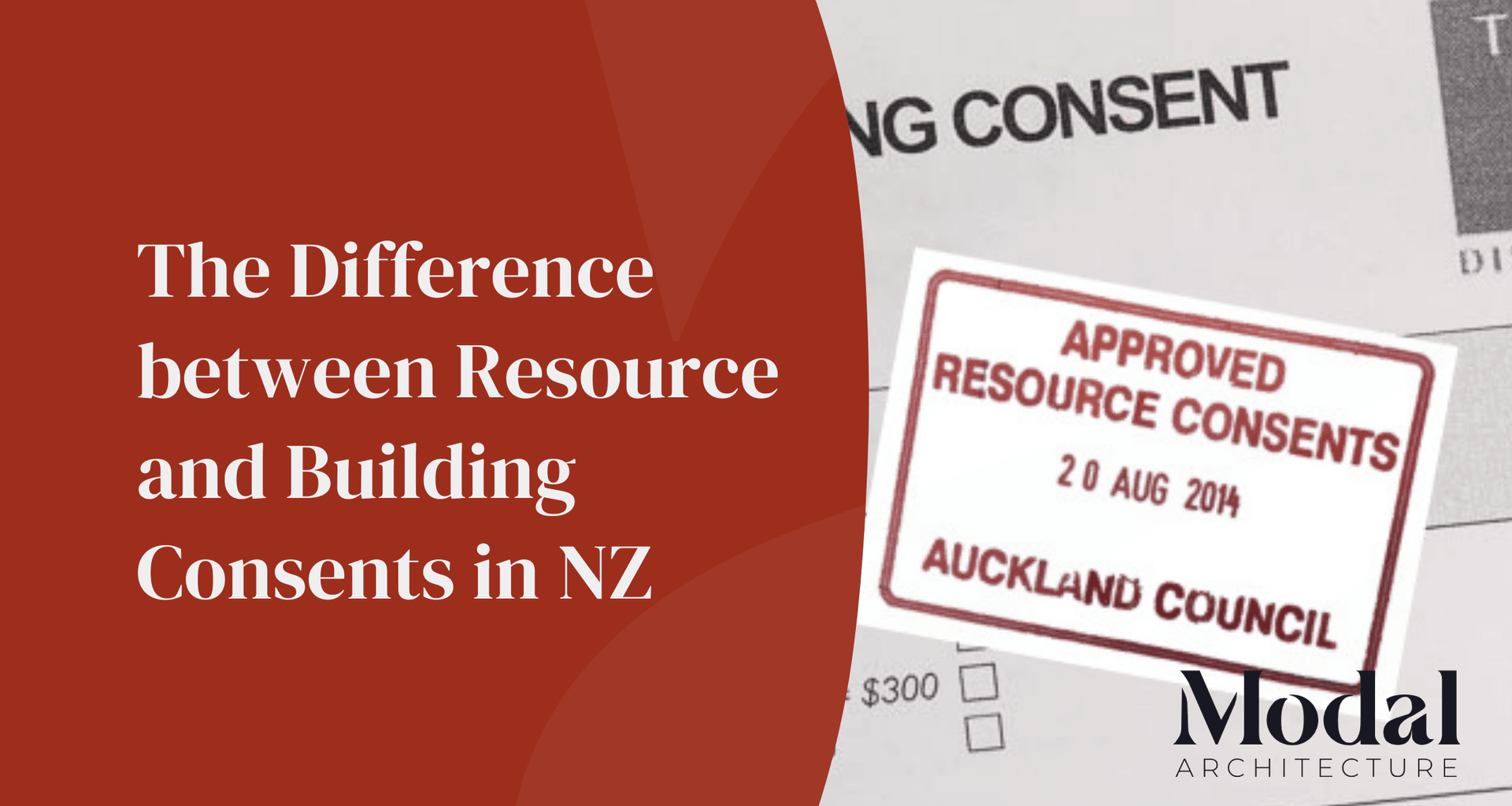The Difference between Resource and Building Consents in NZ

As a homeowner, you may come across the need to apply for a resource consent or building consent – but what’s the difference? In this blog post, we’ll run through a resource consent vs building consent so you can be confident in what application you need to make.
In New Zealand, if you want to carry out any work on your property that could potentially impact your neighbours or the environment, you will need to apply for the relevant consent from your local council. Depending on the project, this could be either a resource consent or building consent. So, what’s the difference? Let’s take a look.

Resource Consents
A resource consent is needed for anything that might have an effect on natural resources such as air and water quality, protected plants and animals, or landforms. This includes activities such as building a new house, subdivision work, erecting signs or fences, and discharging treated effluent into waterways, there are a number of items that trigger a resource consent in the residential space - Are you building against the boundaries or within 1m? Are you using to much of your site for building and not enough for landscaping etc - This information can be accurately generated by design professionals working through your project. If you’re not sure whether your project needs a resource consent or not, the best thing to do is contact your local council or a design professional for advice.
Building Consents
Building consents are required for all construction work in New Zealand. If you’re carrying out any work that involves altering the structure or external weathertightness of a building – such as adding an extension, removing internal walls, renovating your kitchen or bathroom where plumbing is affected, or installing a new deck over 1.5m – then you will need to apply for a building consent from your local council first.
So there you have it – a quick guide to resource consents vs building consents in New Zealand. Remember, if you’re ever unsure whether your project requires approval from your local council, the best thing to do is get in touch with a design professional or contact your local council directly and ask for advice. That way, you can be confident that you’re following the correct process and avoid any fines further down the line.
